For Salmon and Trout (and many other species), I think cured salmon roe is the best bait you can use. Chum Salmon roe is my favorite to use because of the size of the eggs and skeins. This tip page walks through the entire process I use to cure and store my Salmon eggs.
YouTube video at the bottom with instructions—The steps below are shown in the video at the bottom of this page. In the video I use 3 different cures and outline my favorites with a finished product review. I’ve outlined these favorite cures and scent powders just below the video.
Fishing fans can make a big difference by storing salmon eggs to use as bait. Cured salmon eggs are irresistible to trout, salmon and many other fish species. However, the eggs must be kept in the right way so they stay fresh and work well as bait. Follow these tips to store salmon eggs for fishing season.
Cleaning and Prepping Salmon Eggs
When you get salmon eggs from a freshly caught fish, you should first clean them of any blood or other debris. Gently run the eggs under cool water and dab with a paper towel. Carefully cut along the membrane to open up the skein. This allows the curing agent to penetrate evenly. Cut the skein into smaller strips for faster, more consistent curing.
Curing Salmon Eggs
Curing preserves salmon eggs for prolonged storage Commercial cures contain borax and salt, which draw moisture out of the eggs through osmosis This firms up the eggs and prevents spoilage.
To cure eggs, place skein strips in a resealable bag or container Add cure as directed on package, about 1/4 to 1/3 cup per pound of eggs Seal and gently mix until eggs are evenly coated. Cure in the refrigerator for 24-48 hours, mixing periodically. The eggs will firm up as they cure. Rinse briefly before using.
Tip For extra scent, add a few teaspoons of powdered krill, anise or other attractant
Storing Cured Salmon Eggs
Refrigeration
Cured eggs can be refrigerated for up to a month. Keep them stored in an airtight container to prevent drying out. The curing process preserves them at fridge temperatures.
Freezing
For long term storage, cured salmon eggs freeze well. Portion eggs into bags or containers to pull out as needed. Remove air before sealing and freeze for up to a year. Allow frozen eggs to thaw overnight in the fridge before using.
Jars
Canning jars are ideal for storing cured eggs, as they seal tightly. Place eggs in sterile jars and cover with borax cure. Seal the jars and freeze. The borax helps prevent freezer burn. Properly sealed and frozen, the eggs can keep for years.
Vacuum Sealing
Vacuum sealed bags are also excellent for freezing salmon eggs. Seal cured eggs with a vacuum sealer, removing excess air. Freeze for up to a year without risk of freezer burn. Thaw overnight before use.
Drying Salmon Eggs
Air drying is another preservation method used by some anglers. After cleaning and curing the eggs, lay them out on a wire rack or screened tray. Place near an open window or use a fan to circulate air. Turn the eggs frequently as they dry.
Once fully dried, the eggs resemble beads, about 1/4 their original size. Store dried eggs in an airtight container in a cool, dry spot. They can be stored for up to a year before rehydrating to use as bait.
Tips for Preserved Salmon Egg Storage
-
Label everything with the type of cure and date preserved. Rotating your stock ensures freshness.
-
Check periodically for any signs of mold, odd coloration or dried out eggs. Discard any that appear spoiled.
-
Store cured eggs in a cool, dark place. Avoid temperature fluctuations that can shorten shelf life.
-
Glass jars or tightly sealed plastic bags help prevent air exposure and drying out.
-
Freezing is the best method for long term storage of cured salmon eggs.
Follow these preservation techniques and your supply of bait will stay fresh. Properly stored salmon eggs can save you money by reducing the need to constantly purchase new bait each fishing trip. With a little planning ahead, you’ll have preserved eggs ready to catch fish all season long!

Instructional Video – How to Cure Salmon Eggs



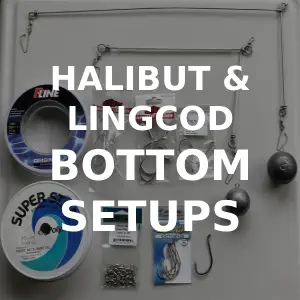
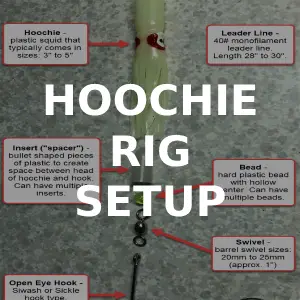
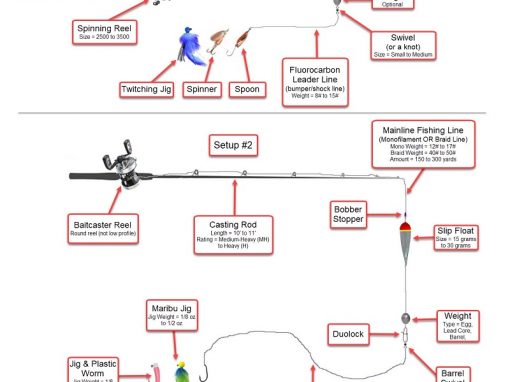
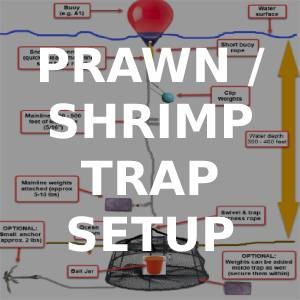







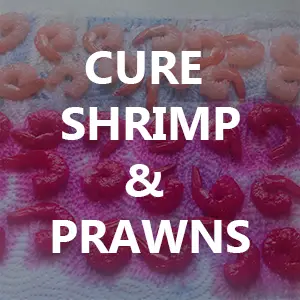
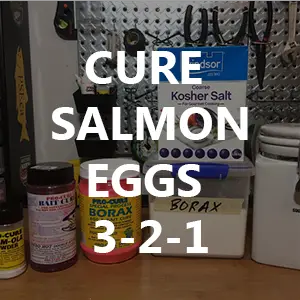





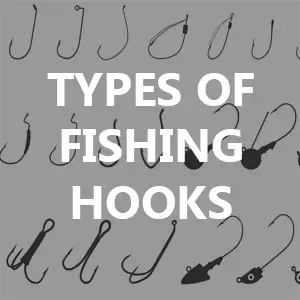

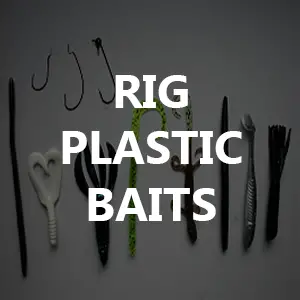

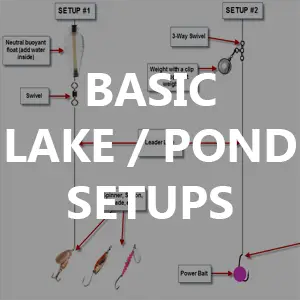
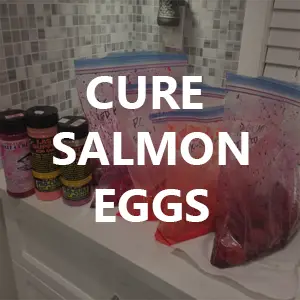






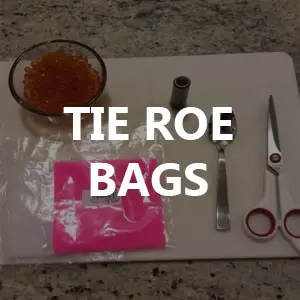








Step-by-Step Instructions on How to Cure Salmon Eggs
Layout Skeins on a paper towel. Also recommend putting newspaper or something else under the paper towel as blood/moisture will soak through.
Butterfly the Skeins on a paper towel. Cut the eggs down the middle with a knife or scissors. DO NOT cut through the skein or along the side of it. This opens up the skein so the cure can easily get into all the eggs. Finally, don’t worry about breaking or popping the eggs in this step; a few simple scissor clips will make it easy to separate the eggs and skein.
If the skein still has blood in its veins, use a spoon or butter knife to push the blood out. Dab it up with a paper towel. Lastly, use a paper towel to dab any blood anywhere else on the roe/skein. Repeat process for all skeins.
Cut the skeins into smaller pieces. Typically, I like to cut 1 skein into 3 or 4 pieces. I think smaller pieces cure better as there is more surface area for the cure to work. Also, smaller pieces make it easier to keep track of bait because you can just grab what you need when you’re ready to fish.
Put the small pieces into a large freezer Ziploc bag. On average I put 2 skeins per Ziploc bag, but keep in mind salmon skeins vary in size. For example, Chum vs. Pink skeins. In this video, I’m using large Chum skeins. IMPORTANT! I’d suggest using latex gloves before completing this step. A bit of a fail on my part here.
Put in your cure! Take the lid off and use about a third to a half of the bottle for each bag. I like this amount of cure when a large freezer Ziploc bag is 1/5-1/4 full of roe.
In addition to the cure powder, a light dusting of Krill powder has worked wonders for me! I’ve been using the Pro-Cure Krill powder and it’s definitely shown a difference.
With some air in the Ziploc bag tumble the cure. Do this until you’ve ensured all the eggs are well covered. I tumble every 15-20 minutes for the first 2 hours (6-8 tumbles). After the 2 hours I put into the fridge for the night. IMPORTANT! Do NOT drain the juice.
The entire curing process I recommend 36 to 48 hours. After the first night in the fridge, check on the eggs. They will feel like they are getting harder. Keep tossing them around and rubbing them gently into the juice. You really can’t tumble the eggs too much during the 48 hour period. You don’t have to do it as often in the last 24 hours of curing as you did in the first 12 to 24 hours. In this last period I’d recommend tumbling them at least 5-6 times.
Use a Sharpie to write the cure name & recipe on the bags. Write down the name of the cure and the recipe you use. This is especially important if you add Krill powder or other ingredients that work well in the river.
Once the eggs have been cured for 36 to 48 hours, you’ll need to decide if you want to freeze them. If you’re not using the eggs in the next week, you should freeze them. Be sure to freeze the eggs into bag sizes that would accommodate a fishing trip. That way you don’t have to thaw the entire batch, but only what you need.
There are a number of options in how to preserve your eggs:
- Store in a Jar
- Vacuum Seal
- Freezer Ziploc bags
Important: If you want to store something for a long time, I suggest the jar storage with some borax added. If you want to use the eggs in a few months, I suggest a vacuum seal (see below). If you need to use them in less than a month, you could use freezer Ziploc bags.
In the video I decided to freeze my eggs using my Food Saver freezer bags (vacuum sealed). This is one way to store your eggs, but it’s not the best. I like to try out different ways to store things all the time. Most often I use Mason jars with plain old Borax for my cured egg storage.
If you use a vacuum sealer, make sure to write down your recipes and cures on the new bags. This roe will be ready to fish in a few months, or even a year. Take the bag(s) out of the freezer and put them in the fridge the night before the fishing trip. When the morning comes they should be ready for action!.
Tip 1: If you use a vacuum sealer to store your eggs, you should strain any roe juice or liquid that is left over. If the roe in the sealed bags is too juicy, they’ll be more likely to freeze burn because liquid makes it easier for air to get in through the seal.
Tip 2: Always make sure to seal the top of the bag at least twice if you use a vacuum sealer on your eggs. This prevents any air leakage in the freezing process.
How I Cure Eggs for Steelhead & Salmon Bait – 4 EASY METHODS
FAQ
How long can you store salmon eggs?
Can you freeze fresh salmon eggs?
How to preserve fish roe?
